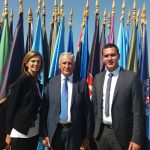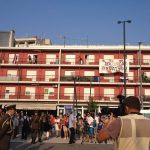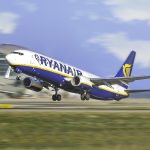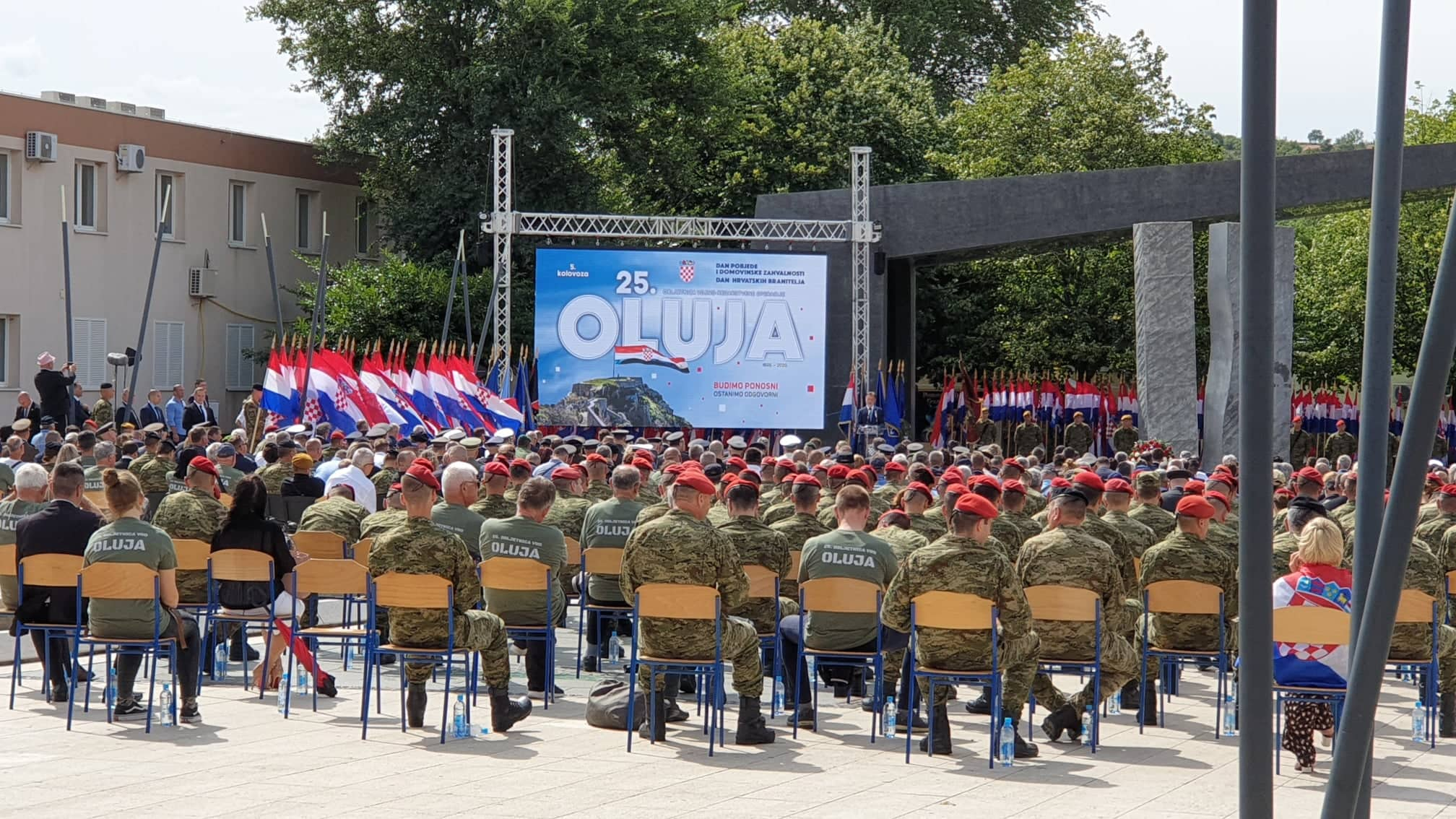
September 12, 2020 – It is over a month since Croatia celebrated the 25th anniversary of Operation Storm. Some reflections from a foreigner who attended Oluja 2020 in Knin.
(Author’s note – I had intended to write this article some time ago, much sooner after the event, but time was against me)
Although I have been fortunate to have travelled the world, visiting almost 100 countries and living in 10, I have yet to meet a region quite like the one here. Every country has its different viewpoints from those who live and visit it, but this region seems to excel in that regard. Perspective is usually heavily influenced by personal experience, and never was this more true than in this most divided of regions. Attitudes to the Homeland War differ vastly between Croats who were in Istria or Vukovar, for example. Even more so between Sarajevo and Belgrade.
Although I have lived in Croatia now full-time for 17 years, it took me a number of years to realise that my perspective was out of sync with almost everyone else. Arriving on Hvar in August 2002, I found a touristic paradise, which would soon become my new home as I bought a house in Jelsa a month later. Although it was just seven years since the war had ended, there was little trace of that on Hvar, where the tourism industry was recovering nicely, and the lack of physical scars of war meant that the recent past did not really touch me. I lived for years in that naive bubble, and the recent past only entered it in the first week of August each year, when Croatia celebrated its holiday, Victory and Homeland Thanksgiving Day and the Day of Croatian Defenders.
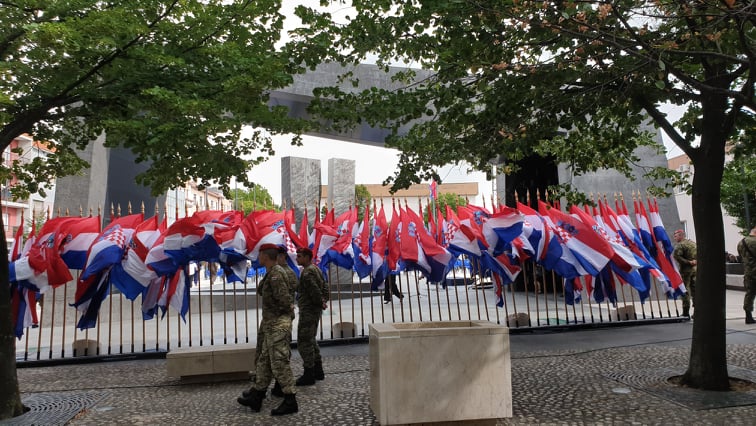
While I now completely understand the raw emotions of the occasion, for years, this day in Jelsa left me cold and I avoided the town on that day. One of the things I often get tarnished with as a Brit here is the actions and meddling of the British Government both here and elsewhere. As a former aid worker, I spent most of my time in Africa when not working apologising for actions done in my name as a British citizen. Extreme displays of nationalism – whatever the country – are things I tend to run from, although the more I understand Croatia after that initial bubble, the more I understand the nationalist pride of this very young nation which successfully fought against all the odds for its freedom.
August 5 is the date that this is celebrated, and the focal point each year is in Knin, the liberation of which in 1995 was part of the biggest land battle in Europe since World War II. Operation Storm was a complete triumph for Croatia, liberated almost 20% of the county in days, averted another Srebrenica in Bihac, and effectively brought the war to an end after four years of bloody fighting and occupation. What is not to celebrate?
Due to my perspective and lack of deeper understanding of the situations, I consciously avoided all mention of both Vukovar and August 5 in Knin for many years. With so many perspectives and experiences that were much more involved and painful than my own, there would have been little of value to add, as well as the inevitable offence taken by the words of a Brit who either did not understand or had an alleged agenda.
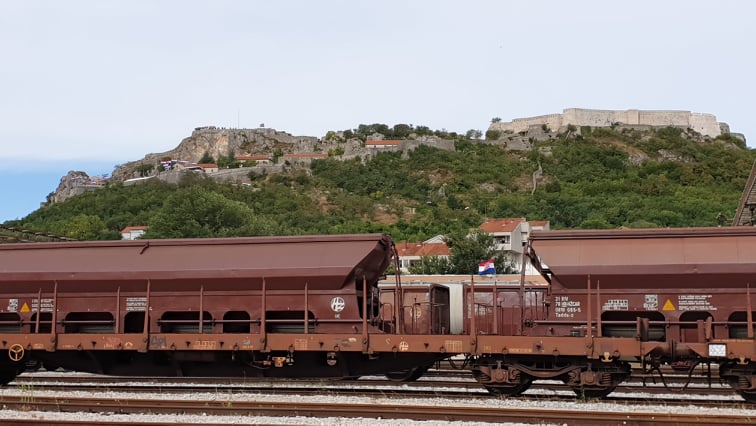
But then last November, just before the annual Vukovar Remembrance Parade on November 18, I decided to visit. I had read a lot about Vukovar and what happened in those tragic months in 1991, but there was nothing online in English about the experience of attending the annual remembrance day, which is one of the most important dates in the Croatian calendar. And, not for the first time in Croatia, what I found on the ground in Vukovar was very different to the perceptions that I had been given from second-hand sources. You can read my experience in Vukovar Remembrance Day Through the Eyes of a Foreign Resident.
And, having been to Vukovar, it was time to attend the annual event in Knin at Oluja 2020. As I left my house in Varazdin at 4am to pick up my press accreditation by 9am, I was sure that this was going to be a difficult day, and not one I was going to enjoy.
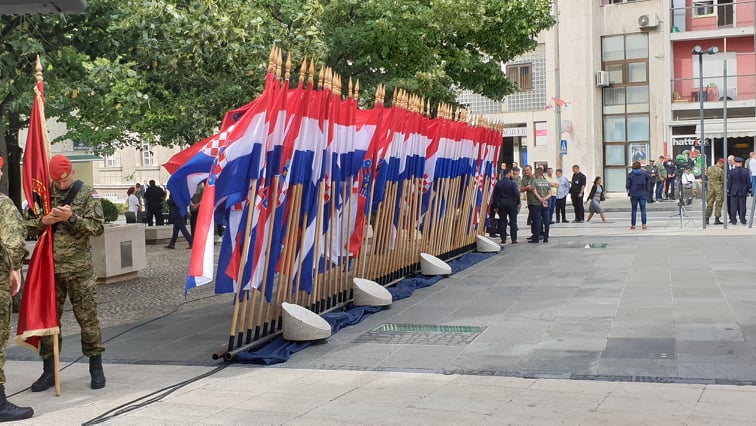
But, just like my day in Vukovar, what I found on the ground was very different to my expectations, one of the most dignified and measured victory celebrations I have seen. And one with some very large seeds of hope in the future.
(Population of Knin, source Wikipedia)
There are two very different perspectives on Operation Storm, which is seen as a great liberation by Croatia, while Serbs see it as both a disaster and massive ethnic cleansing of a region which had been majority Serb for generations. That is not a debate for me to get into, but what is undisputed is that the population shifts from 1991 to 1995 were significant. Firstly, many Croats fled from the newly-established Krajina Republic, which brought the Serb population up to 88%, before Oluja completely reversed those numbers, as Serb civilians took the path of their retreating army towards Belgrade. What is beyond argument was that Operation Storm was a stunning military tactical and operational success, which completely turned the tide of the war, while liberating occupied Croatia.
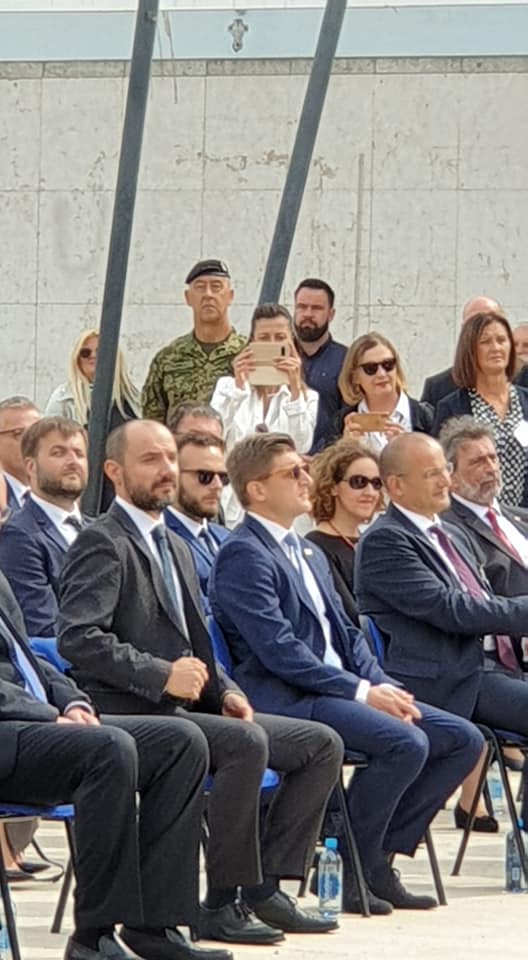
(Serb MP Boris Milosevic, left)
Oluja 2020 was the 25th anniversary of Operation Storm. It is a national event each year, broadcast live on national television and attended by all the senior politicians and other dignitaries. Among them was General Ante Gotovina, who was instrumental in commanding the success of the operation. This year’s event was also historic for the appearance of a Serb politician for the first time, with Croatian government representative Boris Milosevic from the Independent Democratic Serb Party (SDSS) took his place in the front row. As a further symbol of some seeds of reconciliation, the government announced that Milosevic, the Croatian Government’s Vice-President for Social Affairs and Human Rights, would accompany Veterans Minister Tomo Medved to lay a wreath in the village of Grubori, north of Knin, where several elderly Serbs were killed less than 3 weeks after Operation Storm.
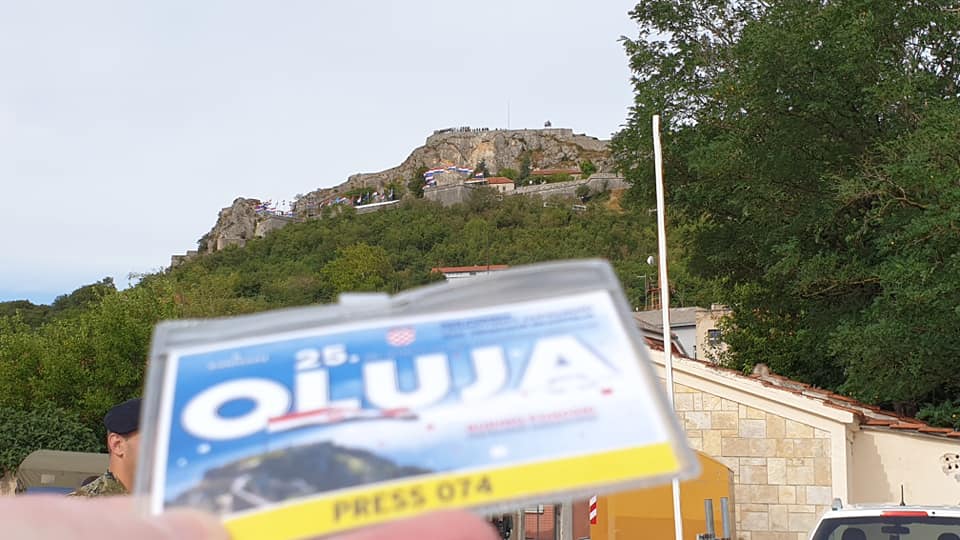
I wasn’t sure what to expect as I picked up my press pass, but I was surprised to see that I was the only foreign journalist covering the event. While the main event was in Knin’s central square and timed to include the 09:43 arrival of Croatian troops in the city, all eyes were on its imposing fortress, where the flag of liberation was raised at exactly 09:46. This was carried live on a giant screen on the main square and was clearly a moment of intense pride and emotion for every Croat watching.
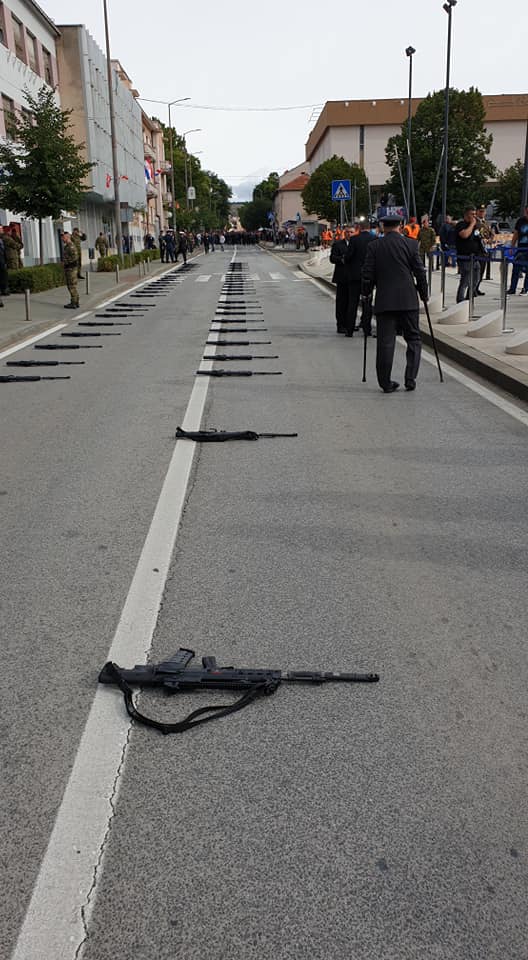
I was surprised at how empty the main square was. Social distancing – of people and weaponry – had come to Oluja 2020 apparently.
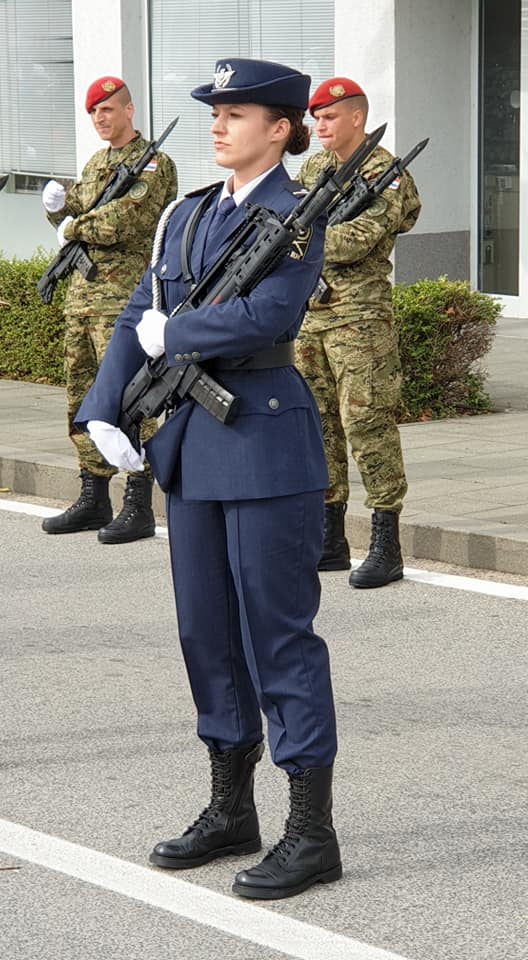
The weapons were soon taken up by the soldiers to whom they were allocated.
And a bearing of arms followed.
(The raising of the flag at 09:46 – click if video above unavailable)
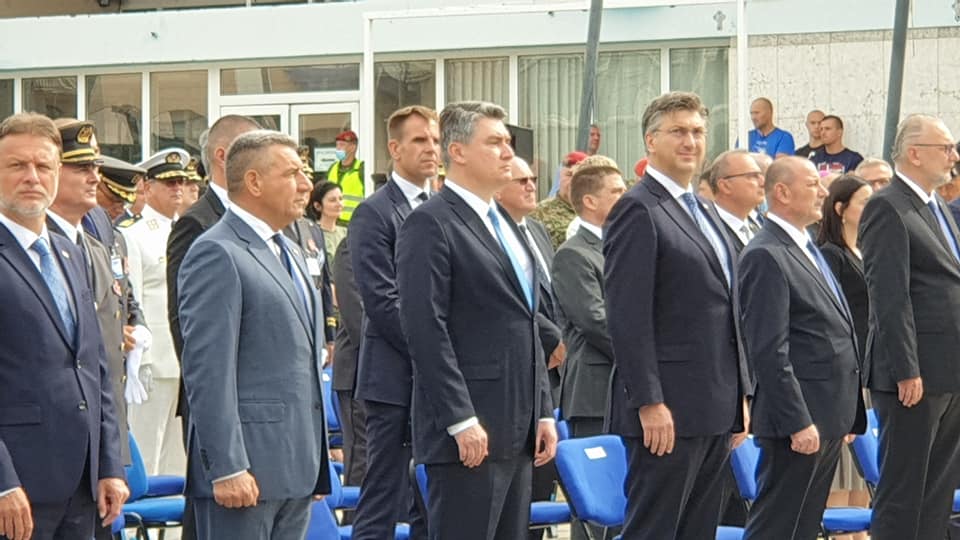
Centre stage in the front row was Prime Minister Andrej Plenkovic, President Zoran Milanovic and General Ante Gotovina, all of whom gave speeches.
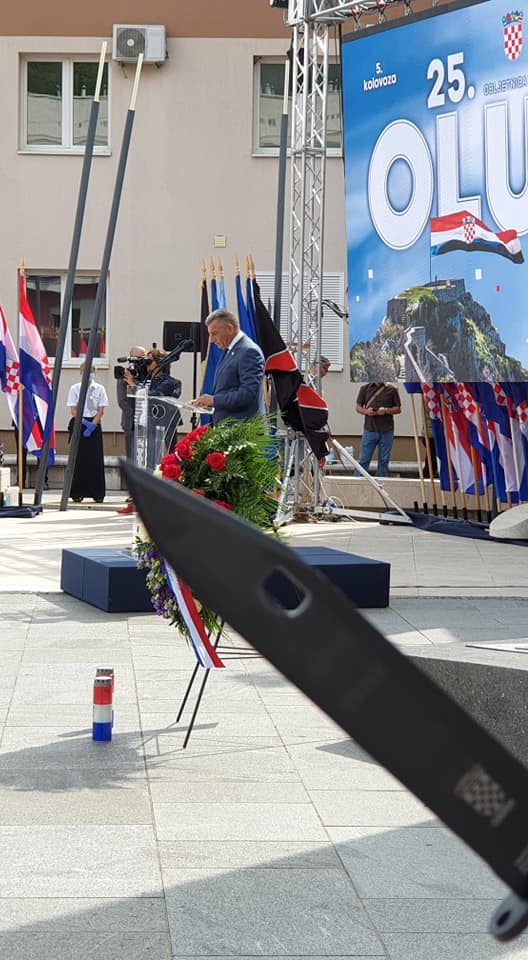
You can learn more about Gotovina’s speech in Gotovina: We Are Stronger and Better people, Ready to Work for a Better Tomorrow.
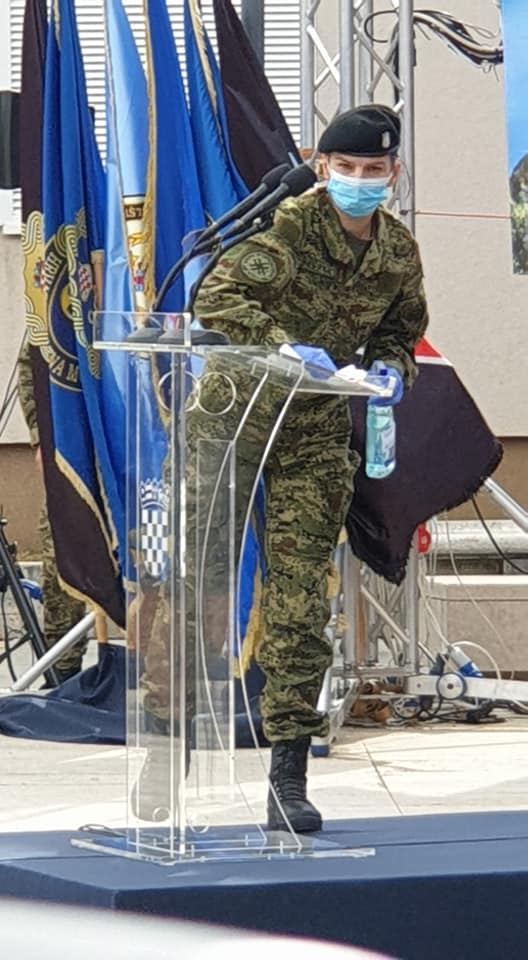
Much was made of social distancing, with the lecturn disinfected between after every speech, although this initiative was somewhat undone by the President, who shook the hands of both the General and the Prime Minister to congratulate them on their speeches.
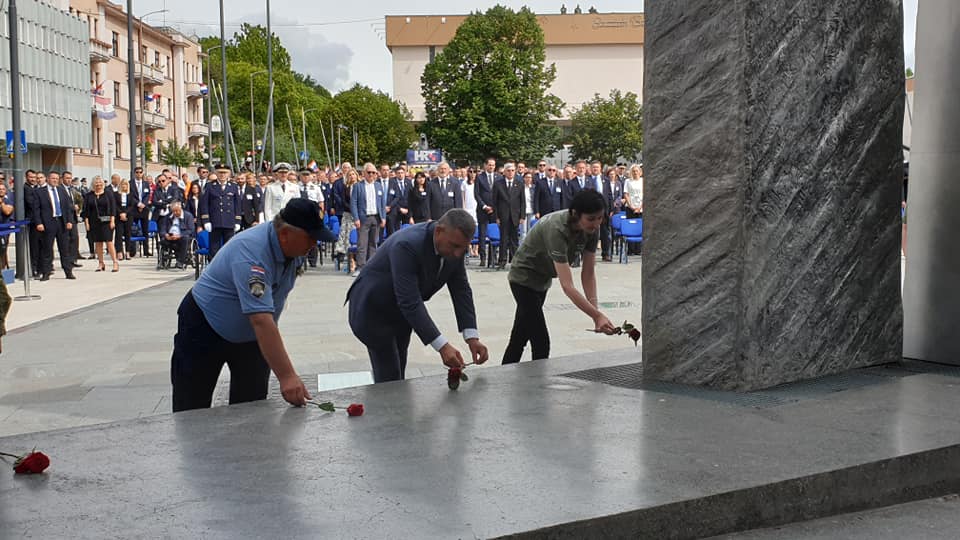
It must have been an intense day for General Gotovina, who hid his emotions well, but clearly felt the name of each fallen soldier as their names were read out.
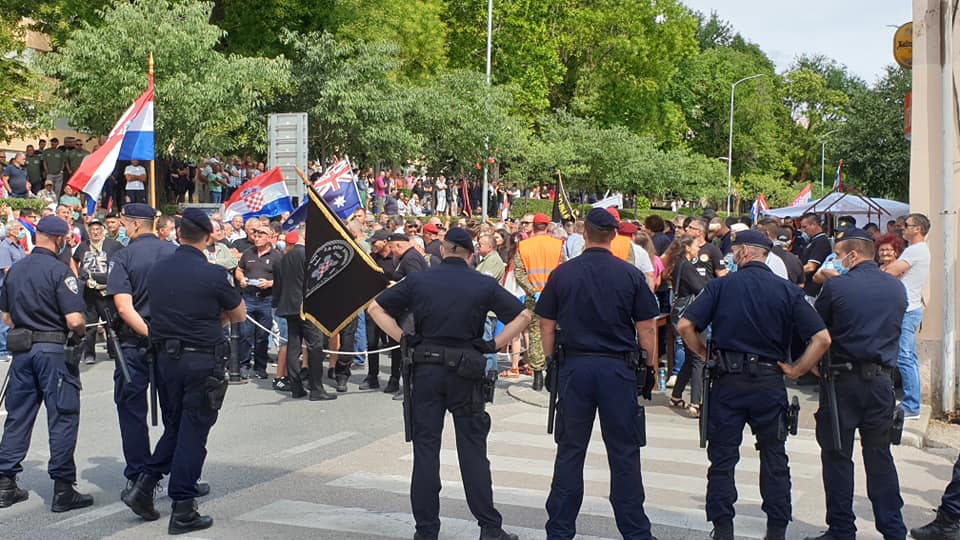
The whole event was extremely dignified, conciliatory, full of remembrance and pride at the considerable achievement of liberation a quarter of a century ago – a perfect tone. Impressive stuff.
After two Croatian MiG fighters flew overhead (a little too quickly for this aspiring photographer to document), it was time to take a walk around town, and I soon realised why things were so quiet on the main square.
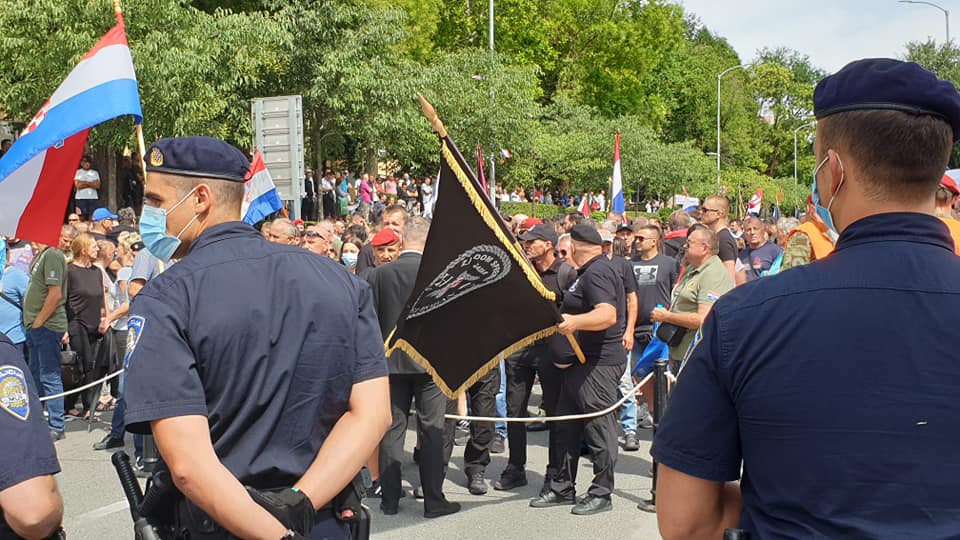
A line of masked policemen were preventing the marchers from proceeding, the first time this has happened apparently. It was still early in the day, but the atmosphere was good-humored and celebratory.
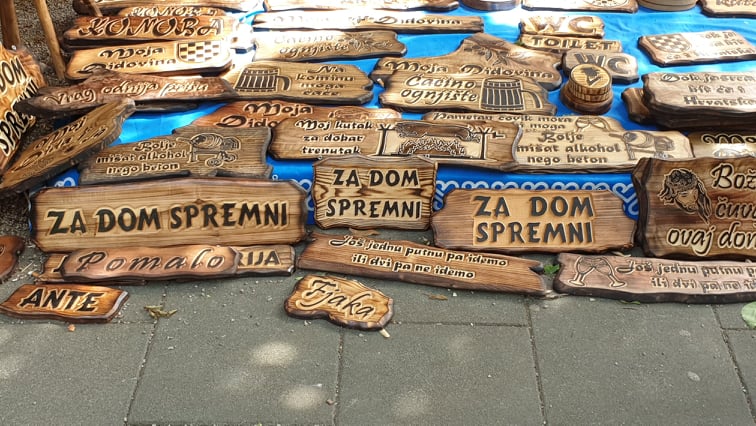
There were, of course, some souvenirs on offer that one would perhaps not find at Advent in Zagreb, but the atmosphere was a lot less intimidating than I had been expecting.
As the dignitaries headed on to Mass, I decided to go in another direction – in search of this Serb village of Grubori, scene of that 1995 massacre and soon to be the symbol of another seed of reconciliation with the visit of Medved and Milosevic (this event took place on August 26, with President Milanovic and SDSS leader Milorad Pupovac also in attendance).
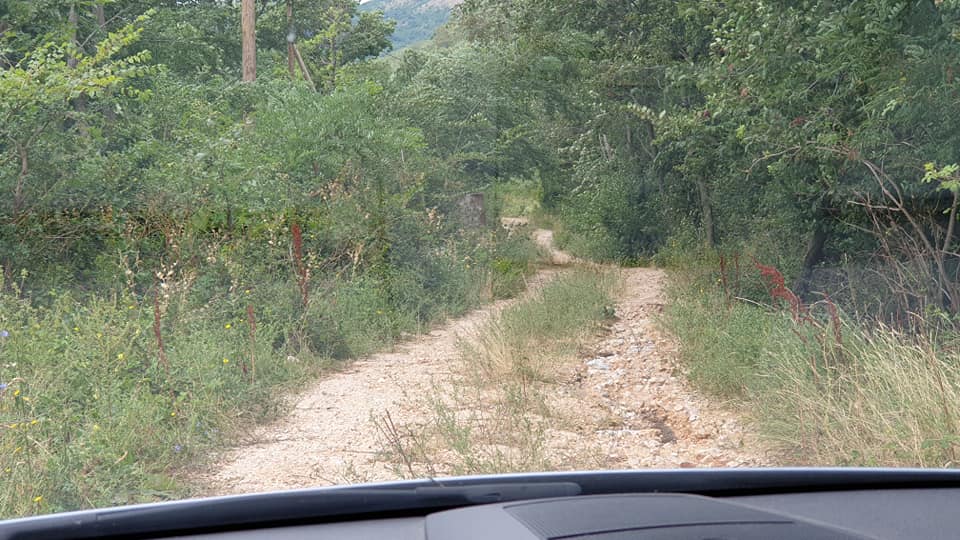
That Grubori visit took place three weeks after Oluja 2020 – I was trying to find it on my own on the day. The first surprise was that Google Maps had never heard of it. Indeed, it didn’t seem to exist at all online, apart from those terrible events on August 1995. A Croatian colleague told me to head to a village called Plavno, 30km north of Knin, and then to ask.
I have been to some desolated spots in the Balkans in my time, but this one was right up among them. Finally arriving at Plavno, a seemingly almost deserted place and former heartland of Serb population in the Knin region, a local man in his string vest put his head out of the window at the sound of a rare car.
Grubori? There is no sign. Over the bridge and then the rough road to the right.
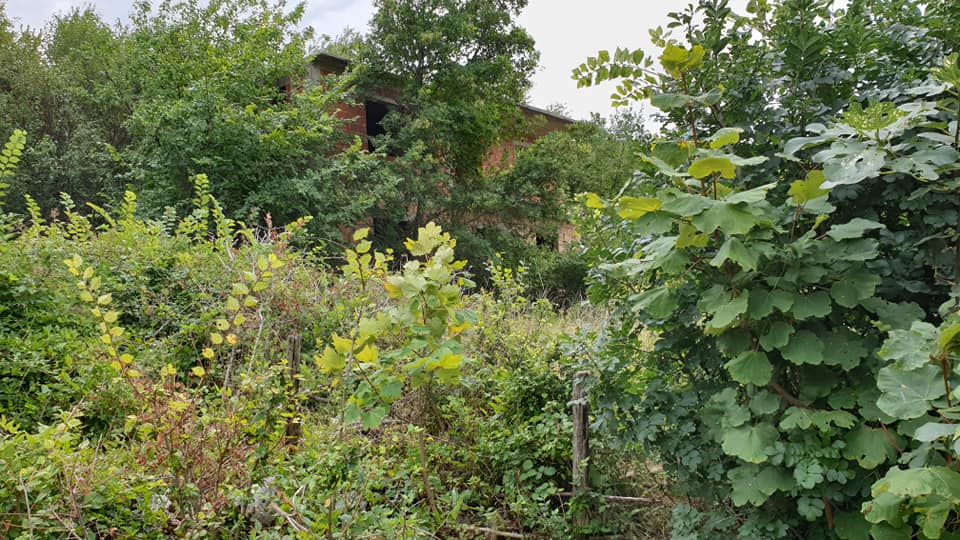
I think I got to the right place, but if not, it was one of several very similar. Abandoned, overgrown, forgotten. Like so many villages on both sides in this region.
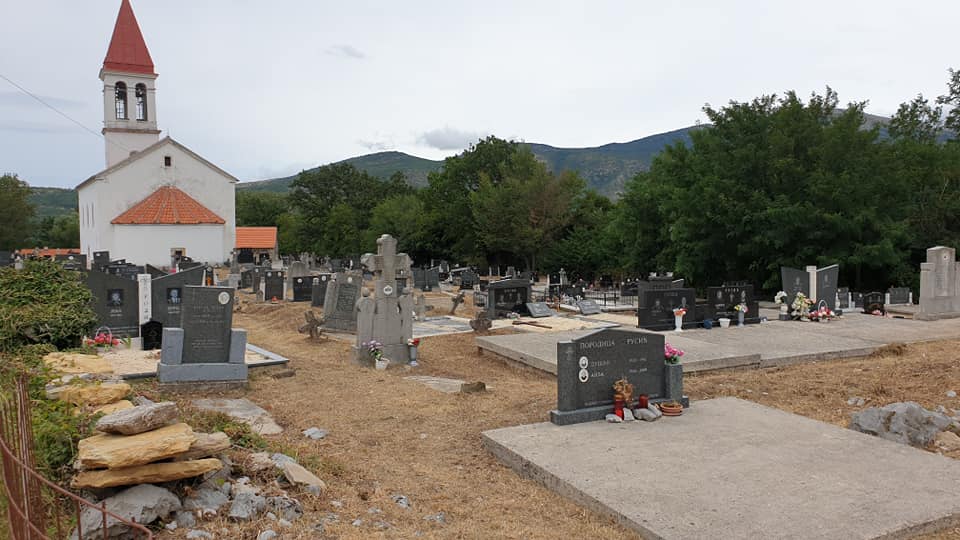
Going back to Plavno, I was surprised to see a well-tended Serb graveyard, the graves maintained and many with fresh flowers. There seemed to be almost nobody in the area at all.
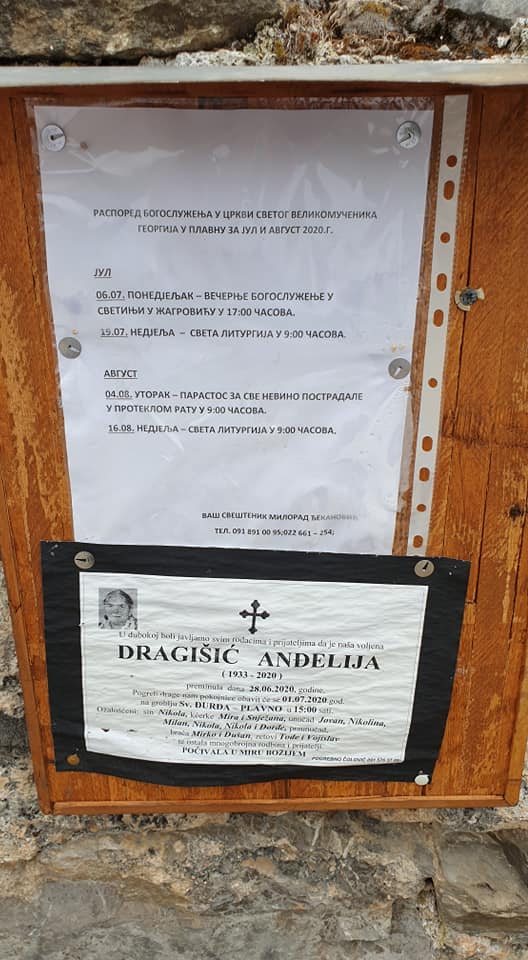
Appearances were misleading, however, and it seems that the church has regular community gatherings.
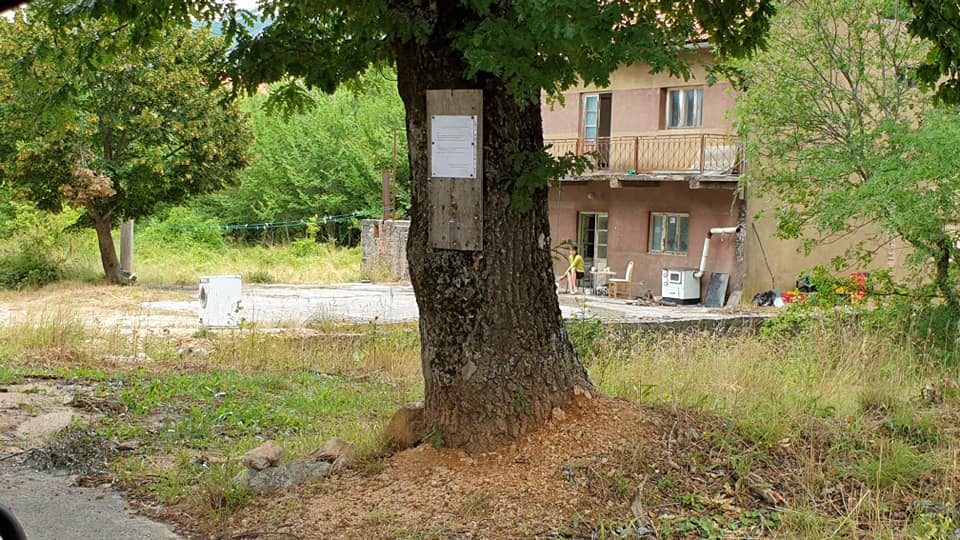
Indeed, the only other person I saw in the entire area was a Serb woman sitting in her yard cleaning vegetables, a rusting washing machine for company. The other side of 25 years of Oluja.
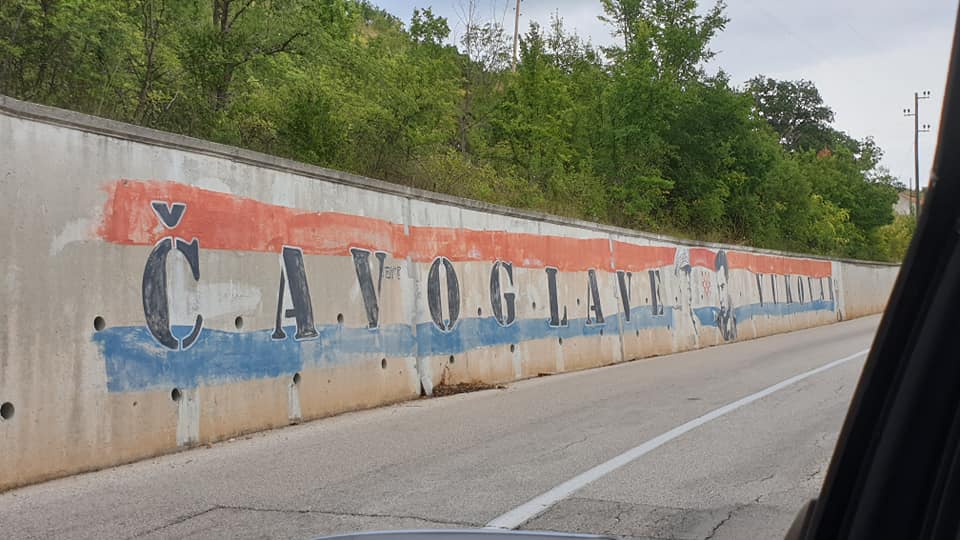
From Grubori to Cavoglave, a focal point of the Oluja celebrations each year, as well as a reminder of the fierce fighting and suffering that took place here.
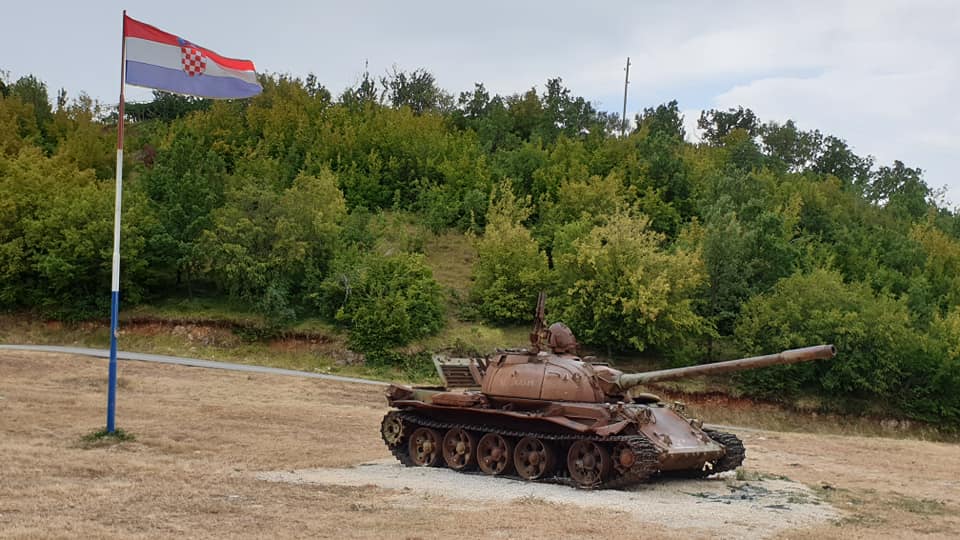
Croatia might have won its independence, but the cost was high, and the pain and memories remain.
Did my perspective change somewhat with a visit to Oluja 2020? Yes, for sure. The balance of celebration, remembrance and looking forward was a difficult one to get right, but the overall impression was a superbly organised event which struck completely the right balance. These are small beginnings, but encouraging ones.
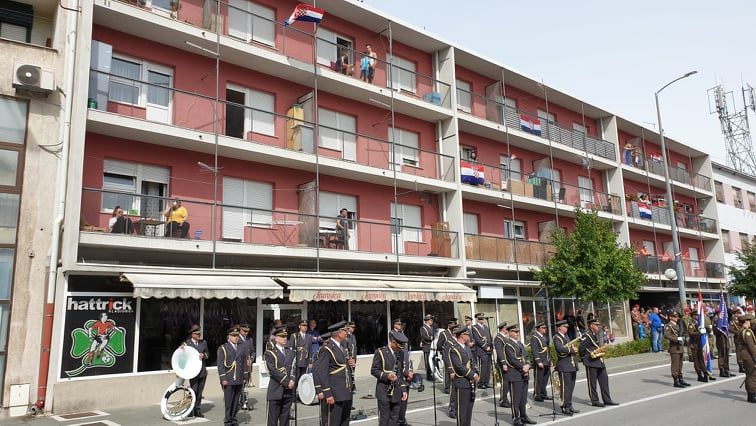
While moves towards reconciliation are welcome, there are more pressing problems to deal with. This building overlooking the main square was a symbol of another more immediate problem once the celebrations of independence subside. With restricted access to the main square event, one might have assumed that the balconies in surrounding buildings offering a grandstand view would be popular. But I counted just 10 of the 36 terraces in use, and the majority of the other apartments shuttered up. My initial thought was that this was perhaps due to the Serb exodus 25 years ago, but I was told locally that the population of the Knin workforce has declined 20% in the last 12 months alone. The owners are more likely to be found in Dublin, Munich or Stockholm.
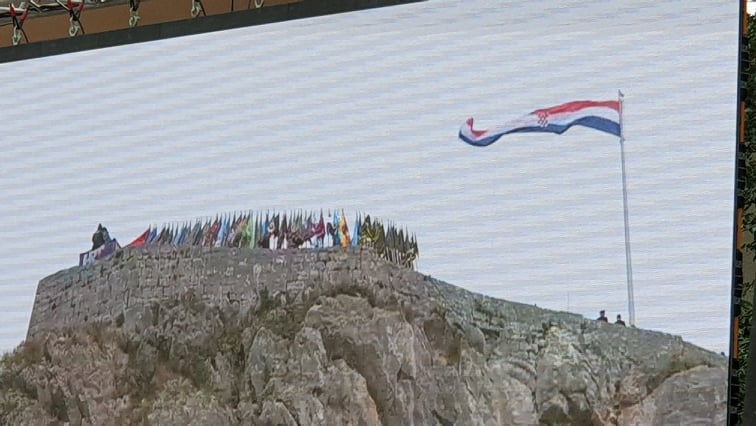
It was quite a day. I learned a lot. I arrived in the morning with a sense of trepidation, and I left in the afternoon with a feeling of hope. There is a long way to go, but I had a feeling that I had witnessed an important first step on a journey.
Bravo, Hrvatska, on an outstanding example of how to remember the past, celebrate freedom, and look to the future.




